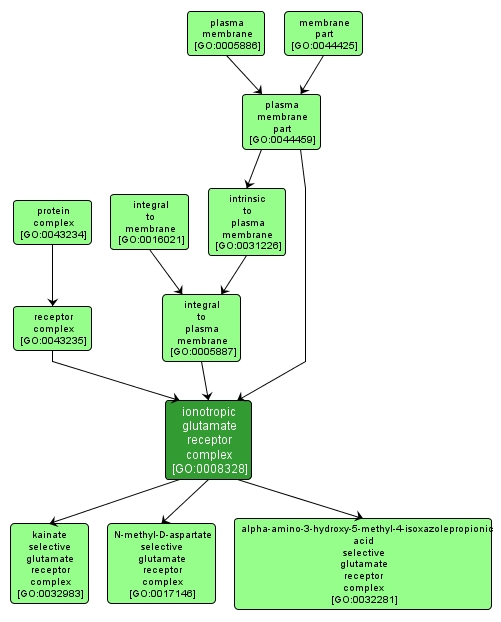| Desc: |
A multimeric assembly of four or five subunits which form a structure with an extracellular N-terminus and a large loop that together form the ligand binding domain. The C-terminus is intracellular. The ionotropic glutamate receptor complex itself acts as a ligand-gated ion channel; on binding glutamate, charged ions pass through a channel in the center of the receptor complex. |














